Istanbul During Ottoman Reign
Istanbul During Ottoman Reign
Following the collapse of the Seljuk Sultanate of Rum in 1299, the Ottomans became one of the vassal nations. Despite having numerous competitors in Anatolian topography, this little vassal state was able to develop and expand quickly due to its astute decisions. Mehmed the Conqueror and Suleiman the Magnificent are two of the most renowned Ottoman Sultans. During the reign of Mehmed the Conqueror, the Ottomans established total rule in Anatolia and the Balkans, as well as conquering Constantinople, one of the world's most significant cities.
Istanbul in the nineteenth century
Istanbul, being the capital of the Ottoman Empire, was a bustling and energetic metropolis. When you went to the inner sections of the city, where mosques, stores, and homes were lined up one after another, the streets that started with mansions on both sides of the Bosphorus expanded. Moltke was drawn to the market because of the cuisine on offer. The market would sell fruits and foods including coconut, manna, dried grape, pomegranate, and kibbeh, as well as sweets like honey paste, rice pudding, and grape jelly.
I imagine the food offered at the market would be difficult to come by in Europe during those years. Where the vegetable market finished, the Fish Market would begin. Greek oysters, as well as delectable and large fish, would be served here.
The scene in Tophane's Kilic Ali Pasa Mosque is especially notable. According to Moltke, there were stores selling beautiful items in the mosque's courtyard. A scrivener scribbled down the things that ladies gently told him.
The city was deserted during Ramadan. Despite the fact that everyone had congregated around the fireplace to get warm, there was no sign of coffee. Only after dusk did the city come to life. As a result, even diplomatic talks were conducted late at night. The knots wrapped around the neck of the Byzantine Empire, according to Moltke, are Rumeli Fortress and Galata Tower.
Istanbul's Topkapi Palace
Together with the adjacent Hagia Sophia, Topkapi Palace, one of the world's wealthiest museums, may be regarded the finest and most visited sites in Istanbul. It is a beautiful oriental palace and one of the world's finest architectural masterpieces, situated on a triangular peninsula overlooking the Bosphorus and Golden Horn.
The Ottoman sultans' home as well as the Empire's administrative and educational hub was Topkapi Palace. The palace was built by Fatih Sultan Mehmed, who conquered Istanbul in 1453, atop the Byzantine acropolis on Sarayburnu, near the point of the historical peninsula, between 1460 and 1478. For approximately 350 years, until the early 1850s, Topkapi Palace was the home of the Ottoman sultans. Sultans relocated to the Dolmabahce Palace in Besiktas, on the Bosphorus beaches, since the palace had grown insufficient for requirements such as ceremonies and etiquette.
Beylerbeyi Palace
The sultans' summer home, Beylerbeyi Palace, is situated on the Asian side of the Bosphorus in the Beylerbeyi district. It was commissioned by Sultan Abdulaziz and constructed between 1861 and 1865 by imperial architects of Armenian ancestry Sarkis Balyan and Agop Balyan in the French neo-baroque style with a typical Ottoman home layout. During the summer months, this castle hosted important foreign visitors, including the Prince of Serbia, King Nicholas of Montenegro, Emperor Joseph of Austria-Hungary, Shah Nasireddin of Iran, Prince Oscar of Sweden, and Empress Eugenie of France. Sultan Abdulhamid II lived here for the final 6 years of his life, dying in 1918, whereas previous sultans reigned at the Dolmabahce Palace during the winter months and only came here in the summer for the pleasant climate.


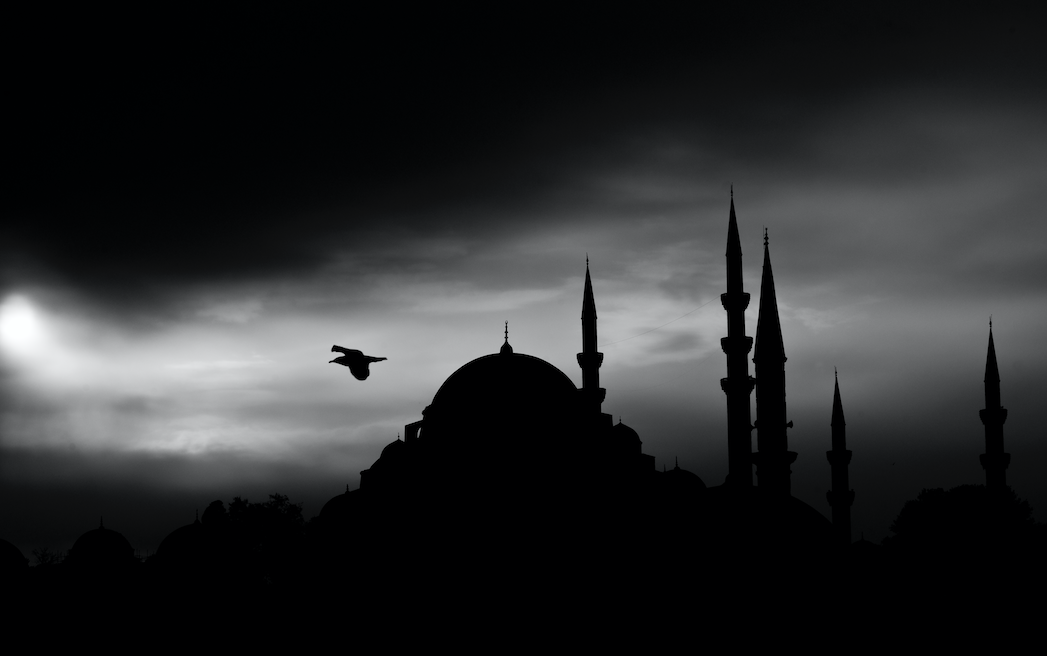


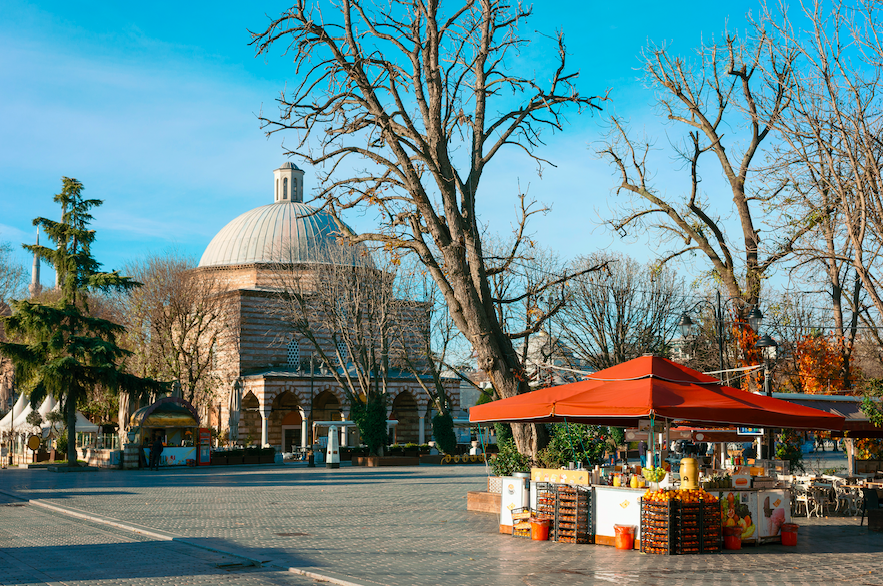
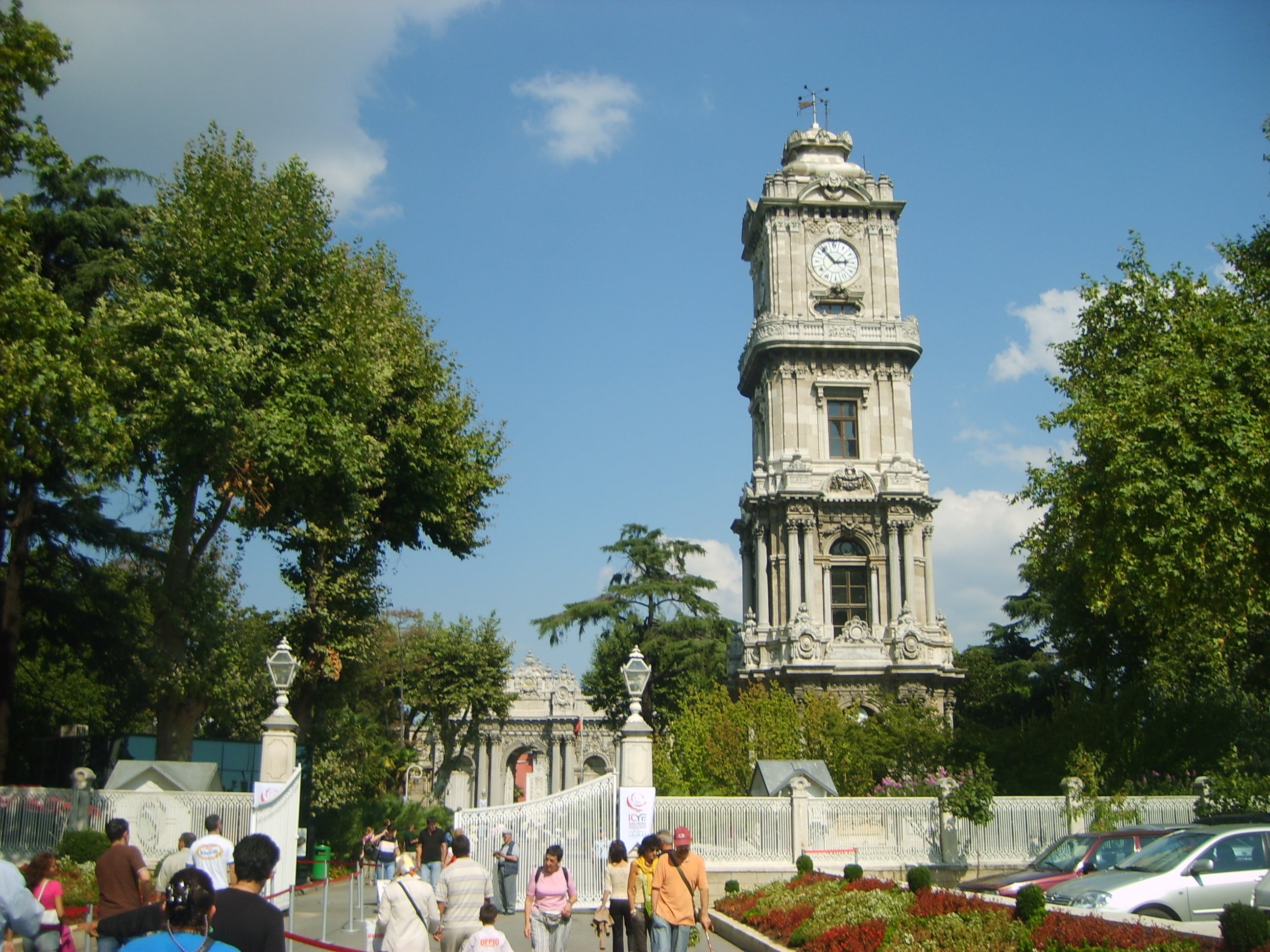
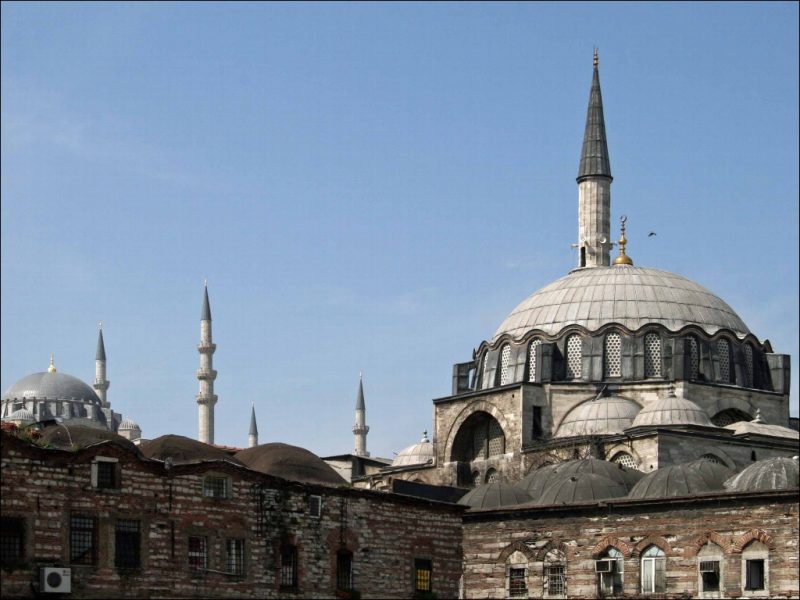
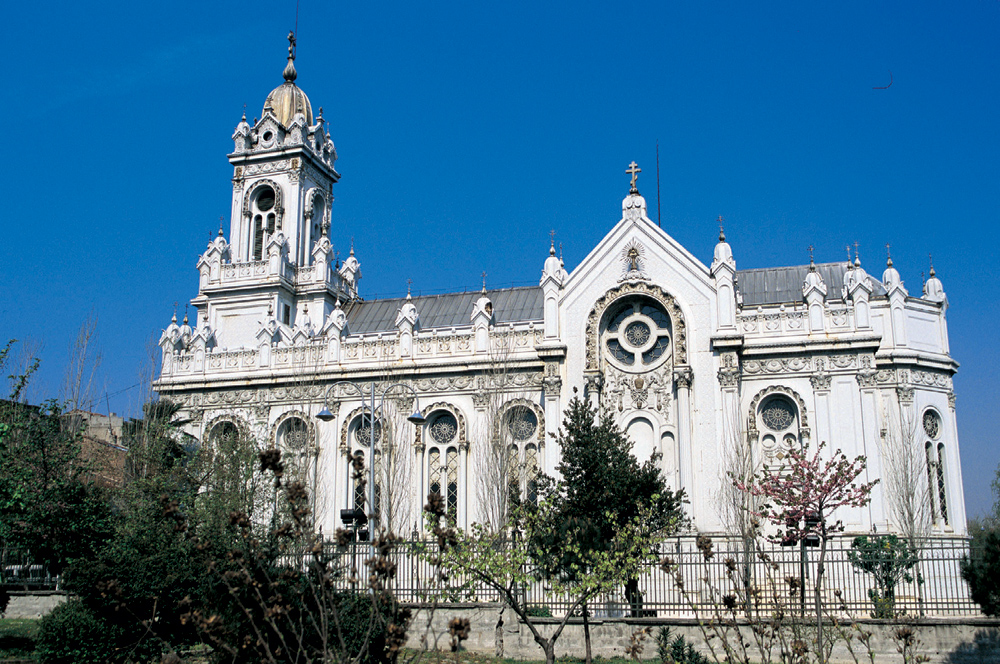

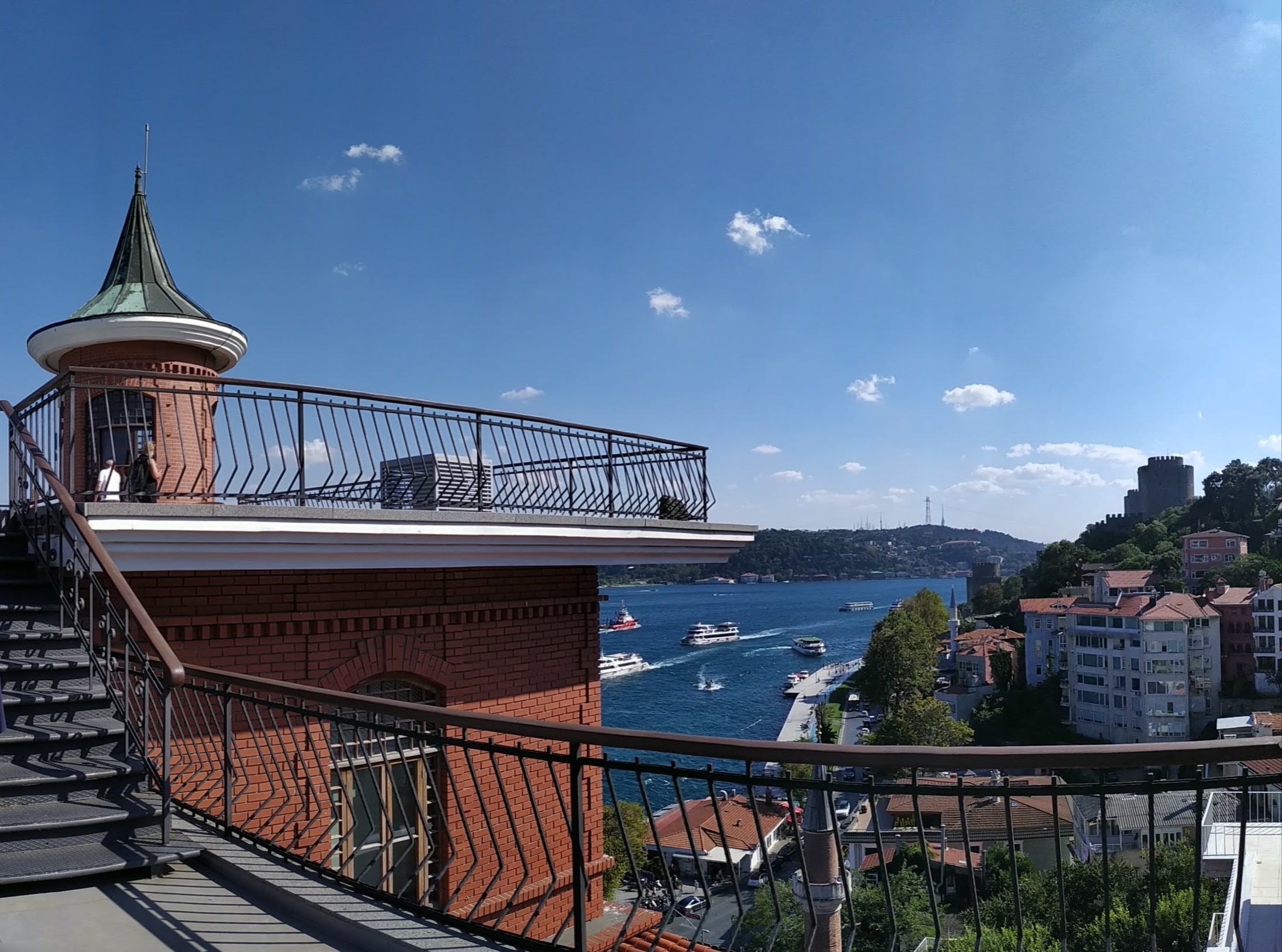
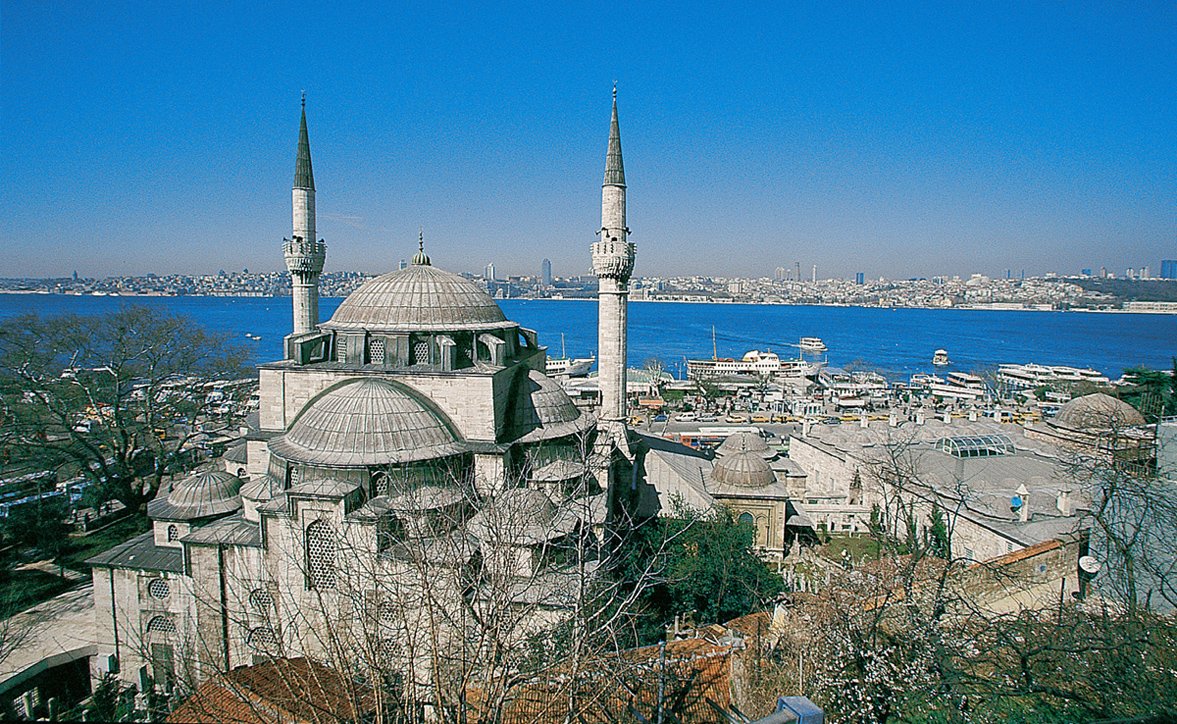


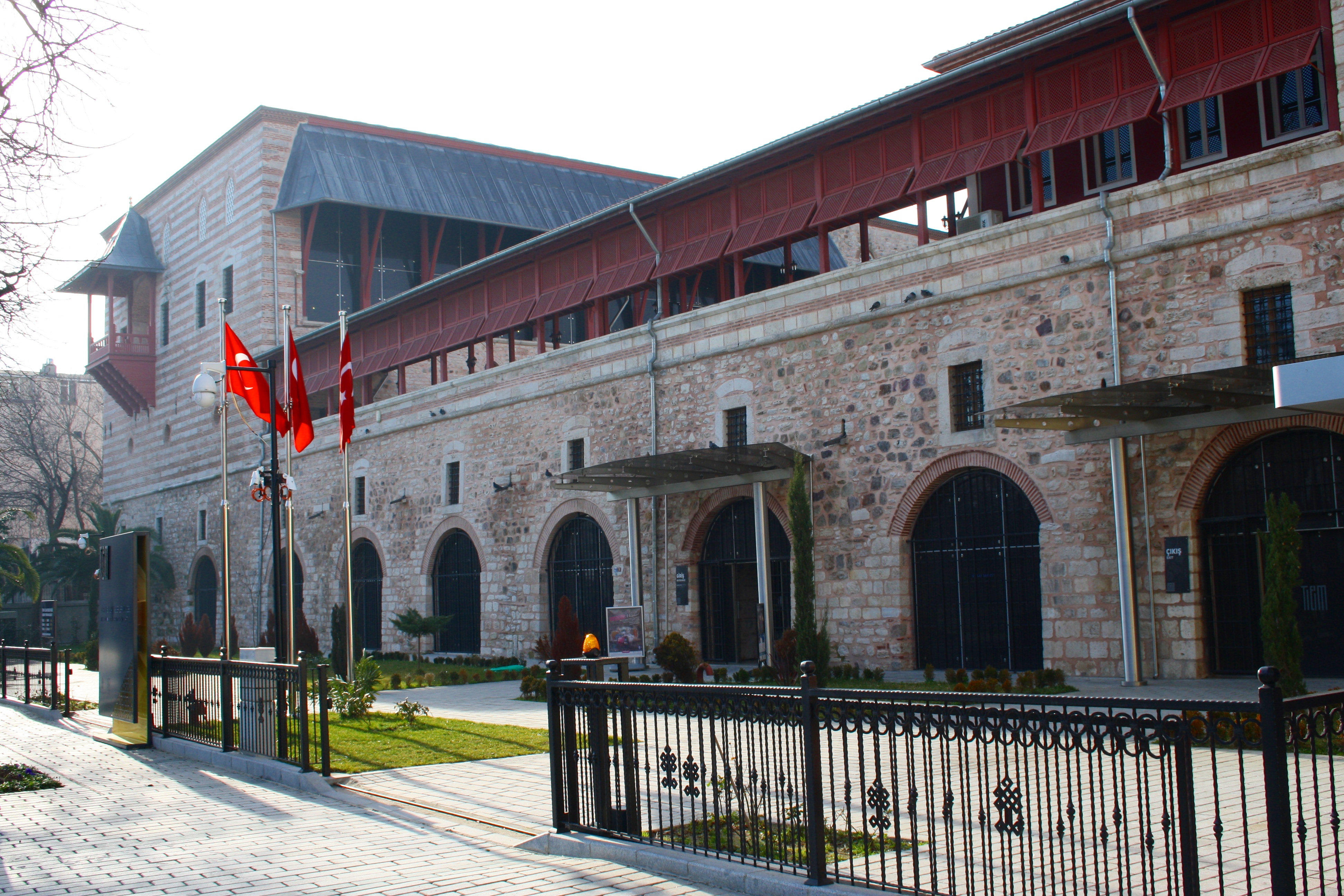
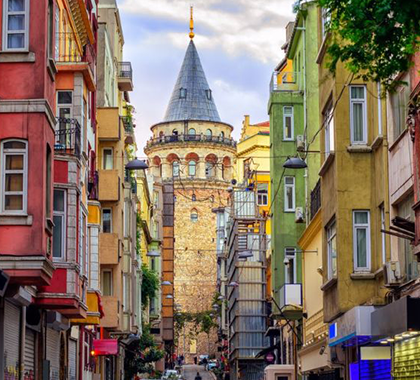


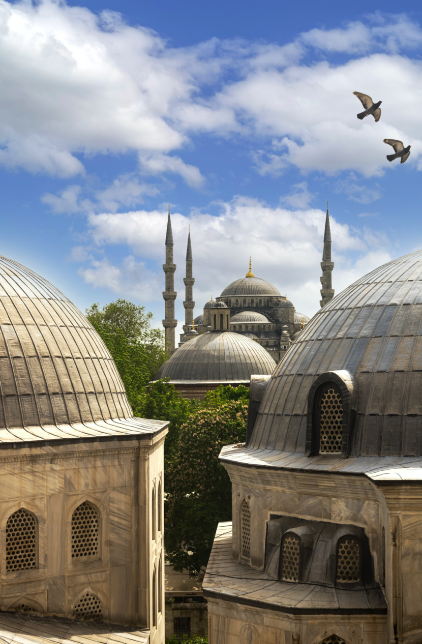



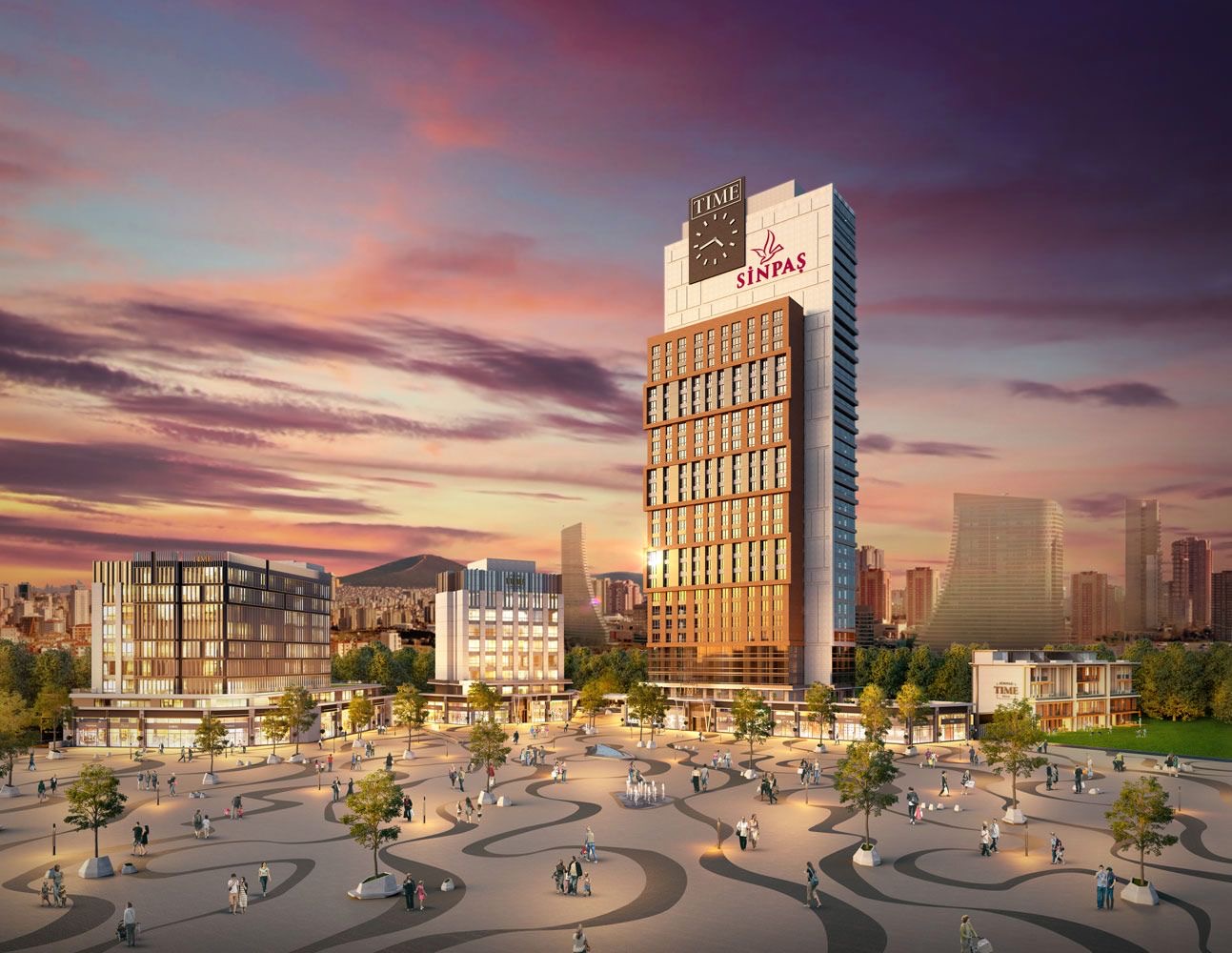

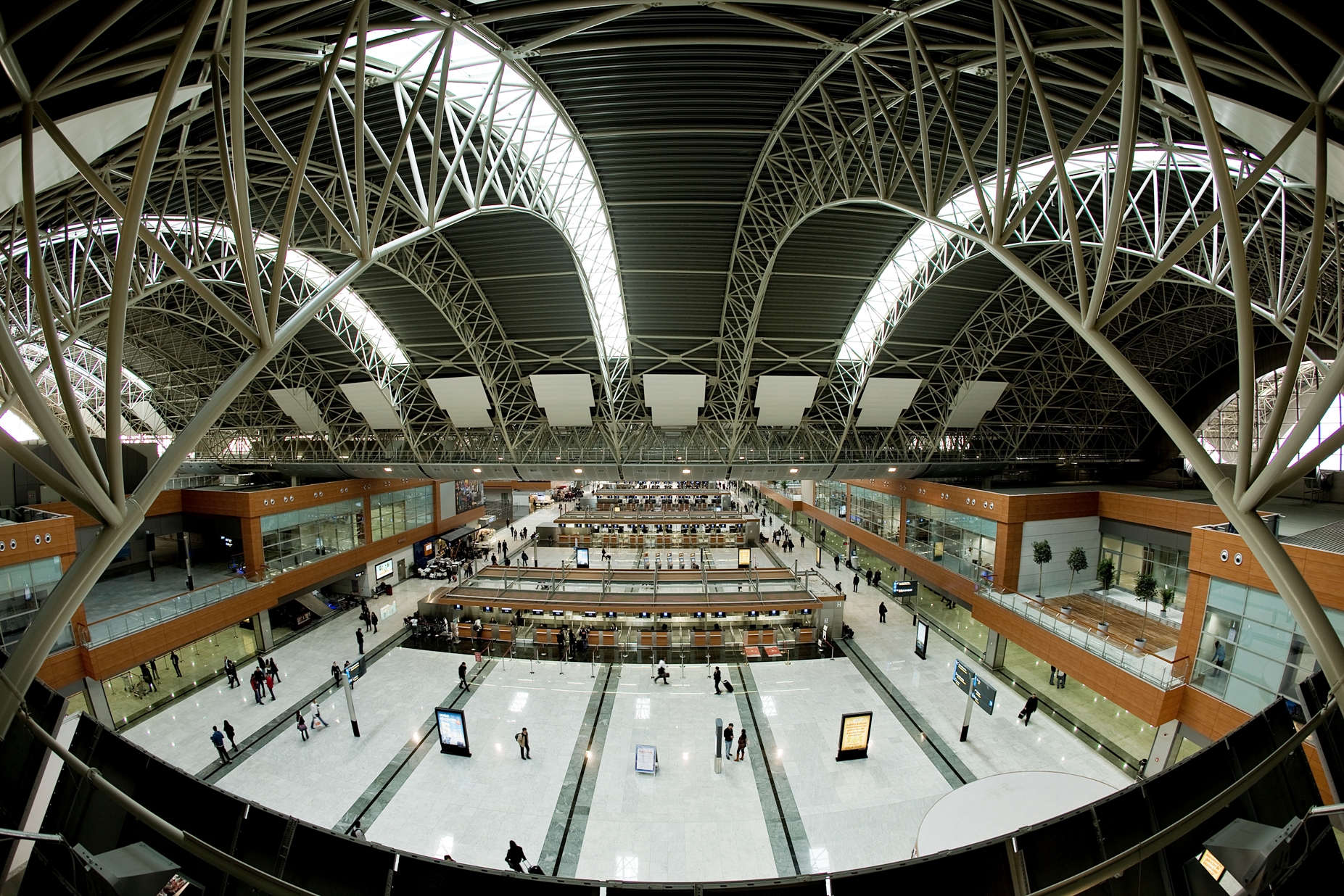

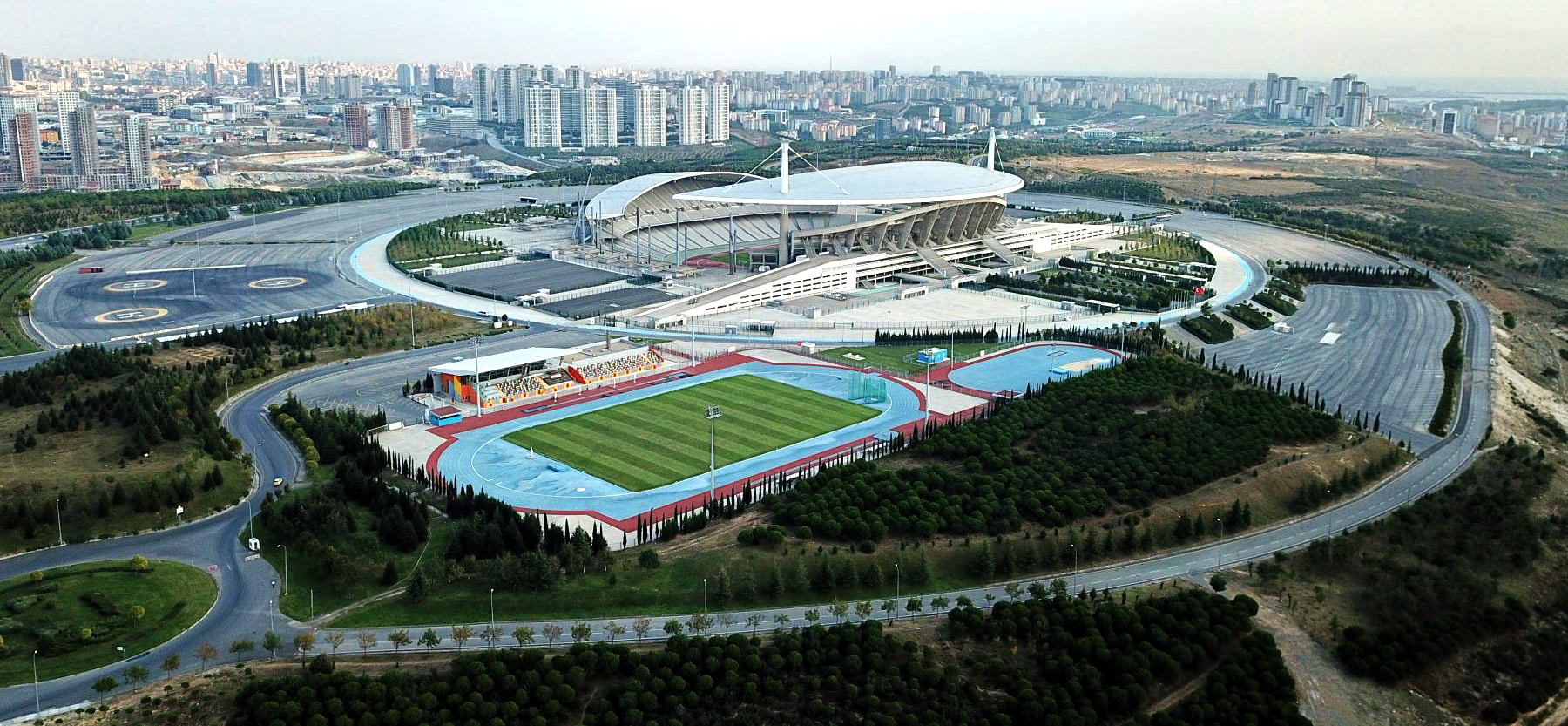
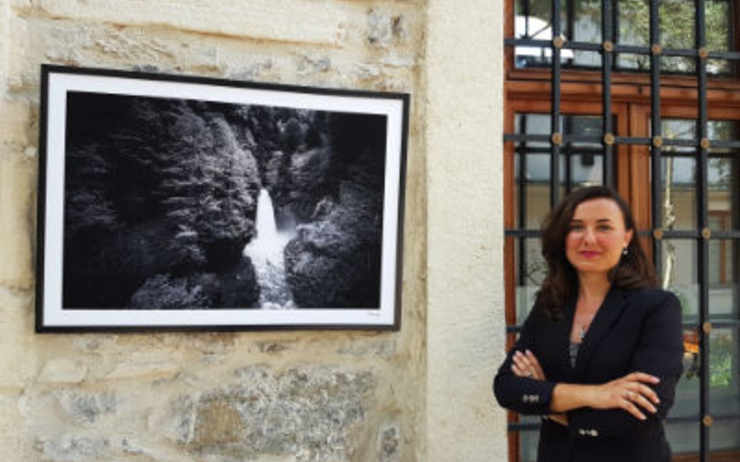
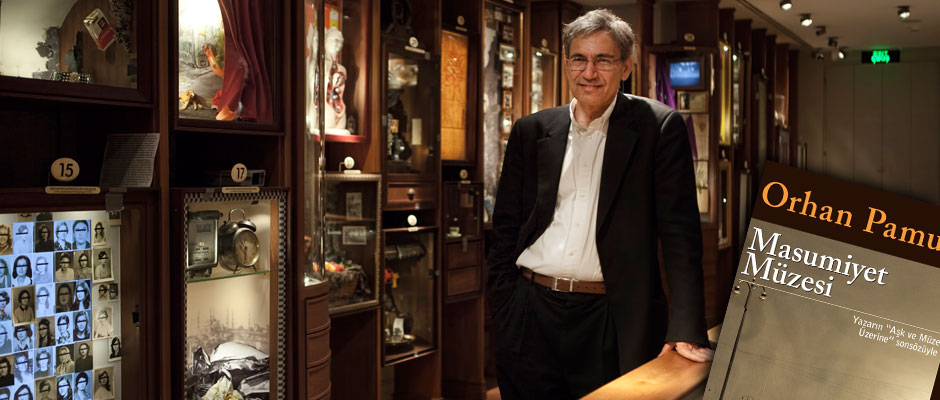

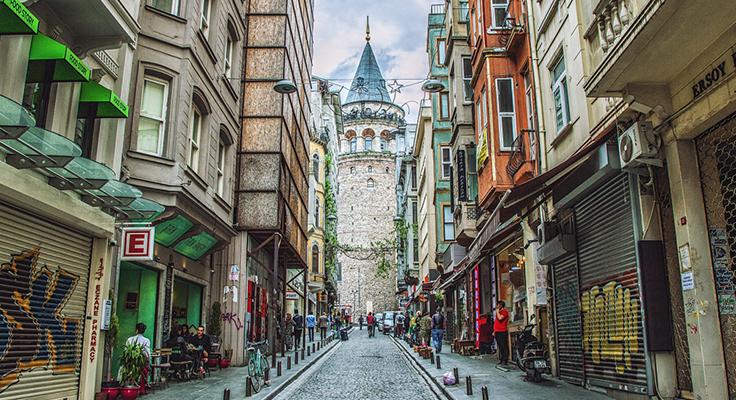
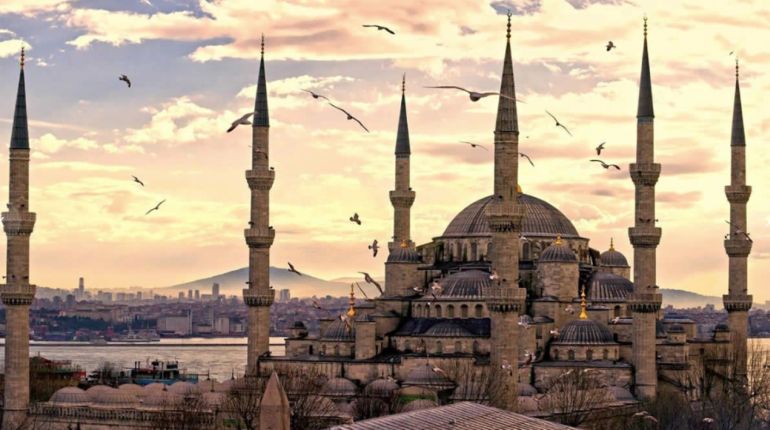
More posts by Gokce Nacar